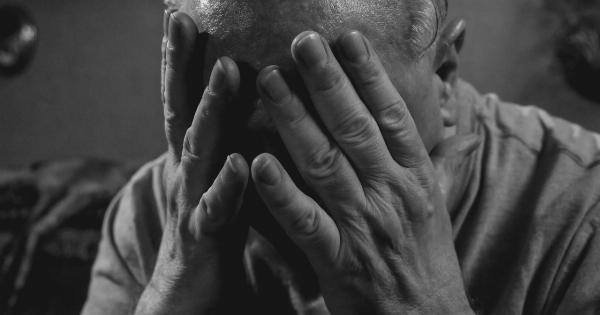Peyronie’s disease is a condition that can affect men of any age and involves the development of fibrous plaques or scar tissue within the penis. This can cause the penis to bend and become painful during erections.
The disease can also lead to difficulty with sexual intercourse and can cause emotional distress. Read on to learn more about the symptoms and treatment of Peyronie’s disease.
Symptoms of Peyronie’s Disease
The primary symptom of Peyronie’s disease is a curvature of the penis. This can make it difficult or impossible to achieve or maintain an erection, and may cause pain or discomfort during sexual intercourse. Other symptoms may include:.
- A palpable lump or plaque in the penis
- Difficulty achieving or maintaining an erection
- Pain or discomfort during an erection
- An hourglass-like narrowing of the penis
- Shortening of the penis
- Problems with ejaculation
- Anxiety or depression related to sexual performance
Causes of Peyronie’s Disease
The exact cause of Peyronie’s disease is unknown. However, some researchers believe it may be related to trauma or injury to the penis, genetics, or immune system disorders.
The penis contains a very sensitive network of nerves, blood vessels, and connective tissues, and any damage to these structures can cause scar tissue to form, leading to the curvature of the penis.
Treatment Options for Peyronie’s Disease
There are a variety of treatment options available for Peyronie’s disease. The choice of treatment will depend on the severity of the condition and the goals of the individual. Some treatment options may include:.
Medications
There are several medications that may be used to treat Peyronie’s disease. These may include:.
- Verapamil: This medication is typically used to treat high blood pressure but has been found to be effective at reducing plaque size and curvature of the penis in some cases of Peyronie’s disease.
- Interferon alpha-2b: This medication is often used to treat viral infections and may also be effective at reducing plaque size in the penis.
- Cortisone injections: Steroid injections may be administered directly into the plaque or scar tissue to help reduce inflammation and promote healing.
Surgery
If medications are not effective, surgery may be considered. Surgery may involve removing the plaque or scar tissue in the penis, grafting healthy tissue onto the affected area, or implanting a penile prosthesis to help straighten the penis.
Surgery is typically only recommended for men with severe or persistent Peyronie’s disease.
Penile Traction Therapy
Penile traction therapy involves applying a gentle force to the penis to help straighten it over time. This may be done using a specialized device or through natural methods such as manual stretching.
This treatment option is often used in mild to moderate cases of Peyronie’s disease.
Other Therapies
There are a variety of other therapies that may be used to treat Peyronie’s disease. These may include:.
- Acoustic Wave Therapy: This therapy involves using sound waves to break up the plaque or scar tissue in the penis.
- Topical Creams: Creams containing verapamil, pentoxifylline, or other medications may be applied directly to the penis to help reduce plaque size.
- Penile Injections: Some men may benefit from injections of platelet-rich plasma or other substances to help stimulate healing and reduce inflammation in the penis.
Conclusion
Peyronie’s disease is a condition that can have a significant impact on a man’s sexual health and wellbeing. However, with the right treatment, it is possible to reduce symptoms and improve overall quality of life.
If you are experiencing any symptoms of Peyronie’s disease, it is important to talk to your healthcare provider to discuss your options for treatment.




























